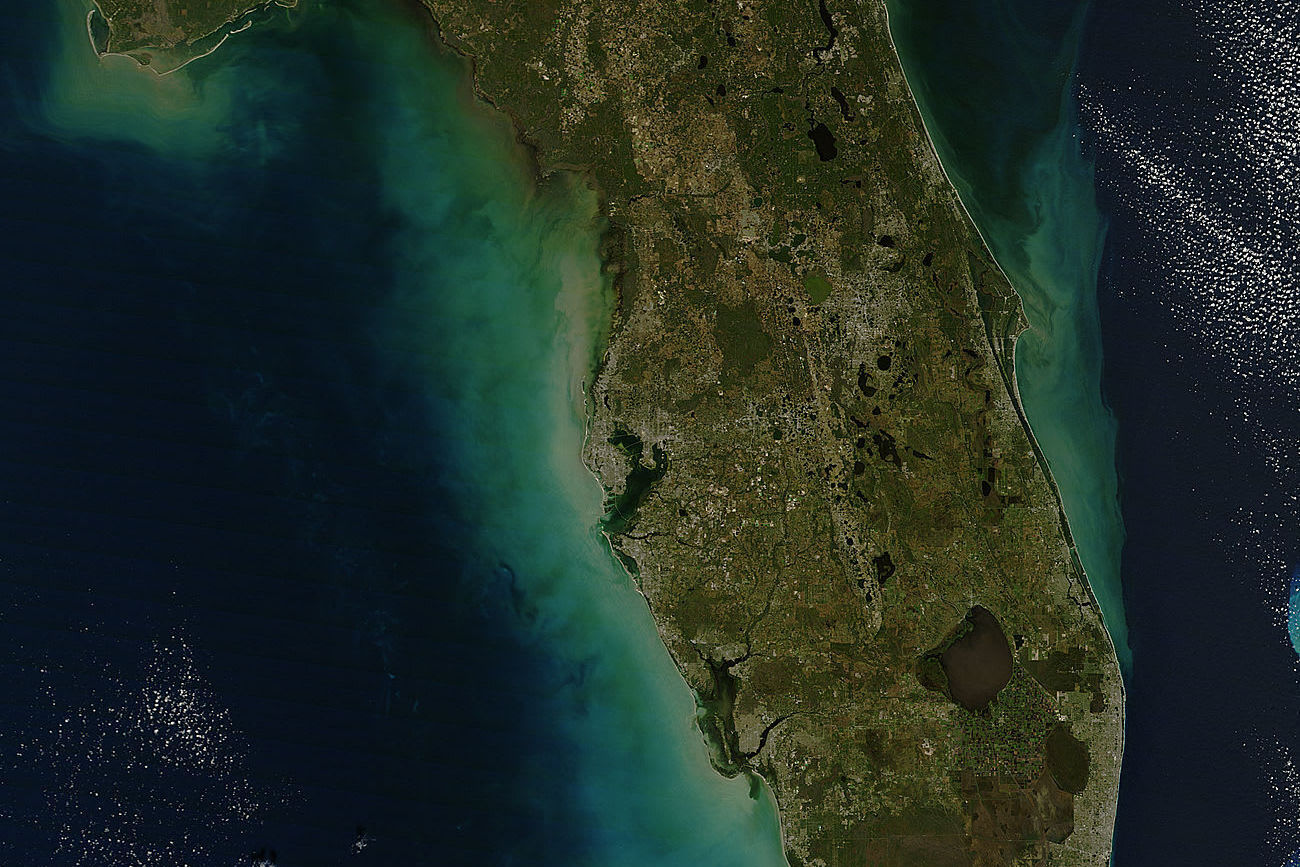The Science of Sunsets

Red, orange, pink, gold—what accounts for that spectacular show on the horizon at the end of a perfect beach day? It has to with the atmosphere acting as a prism, explains Jeff Rodgers, director of education for Bradenton’s South Florida Museum and Bishop Planetarium. “The sun gives off the full spectrum of visible [or ‘white’] light, which is actually made up of seven colors,” he says. “But before the sun’s light can reach your eyes, it has to pass through earth’s atmosphere.”
To catch a sunset, we look west across the Gulf of Mexico and most of the rest of the continent. That’s a lot of atmosphere for the light to go through, not to mention the dust that gets kicked up during a day’s worth of activity. All those particles tend to trap the bluish portion of the color spectrum, which has shorter wavelengths. “The longer wavelengths—yellow, orange and red—kind of lope through the atmosphere’s molecules like a deer bounding past obstacles,” says Rodgers.
Of course, if there’s too much dust or too many thick cumulonimbus clouds, then the whole spectrum gets muted. And that’s why our view over the relatively dust-free Gulf makes for some of the best sunsets anywhere—especially in the fall and winter, when, from our angle, the rays only pass over a sliver of Mexico. Plus, the cooler water that time of year helps produce higher, thinner clouds—a perfect “ceiling” for reflecting all those breathtaking colors.



